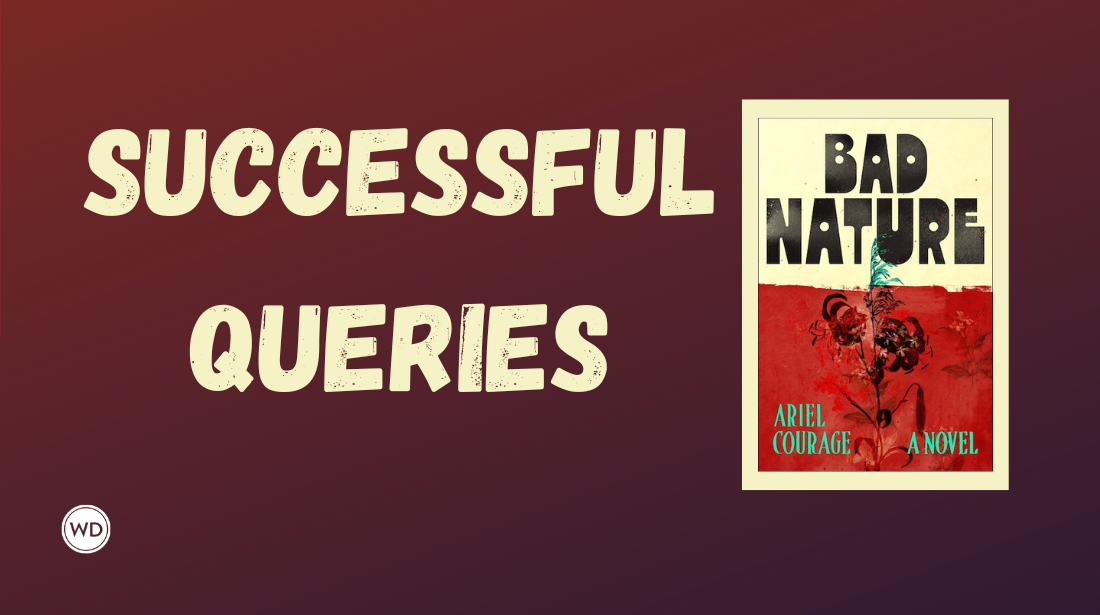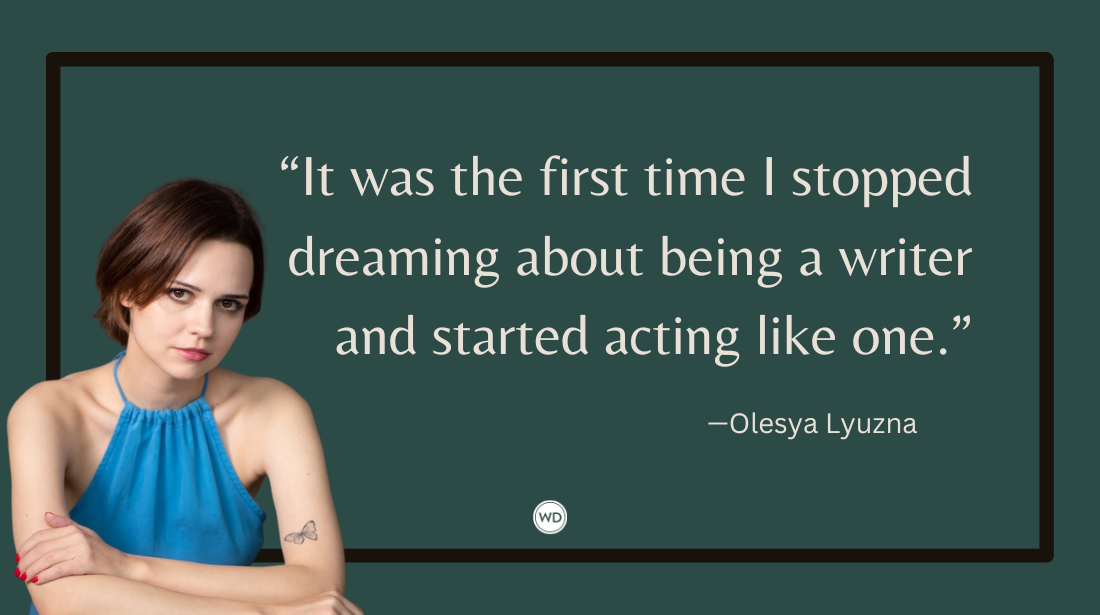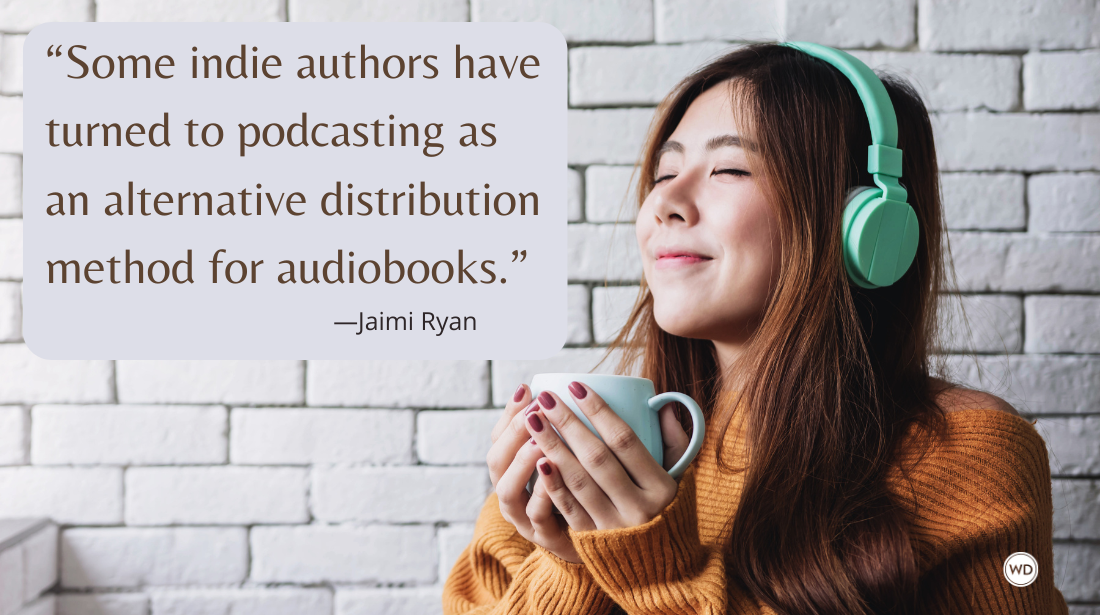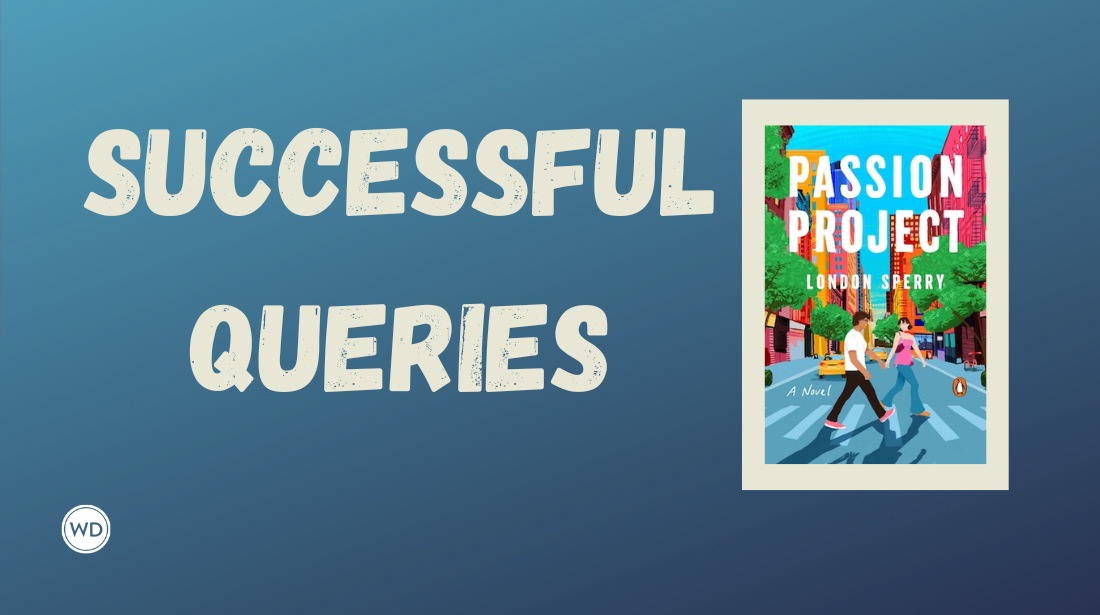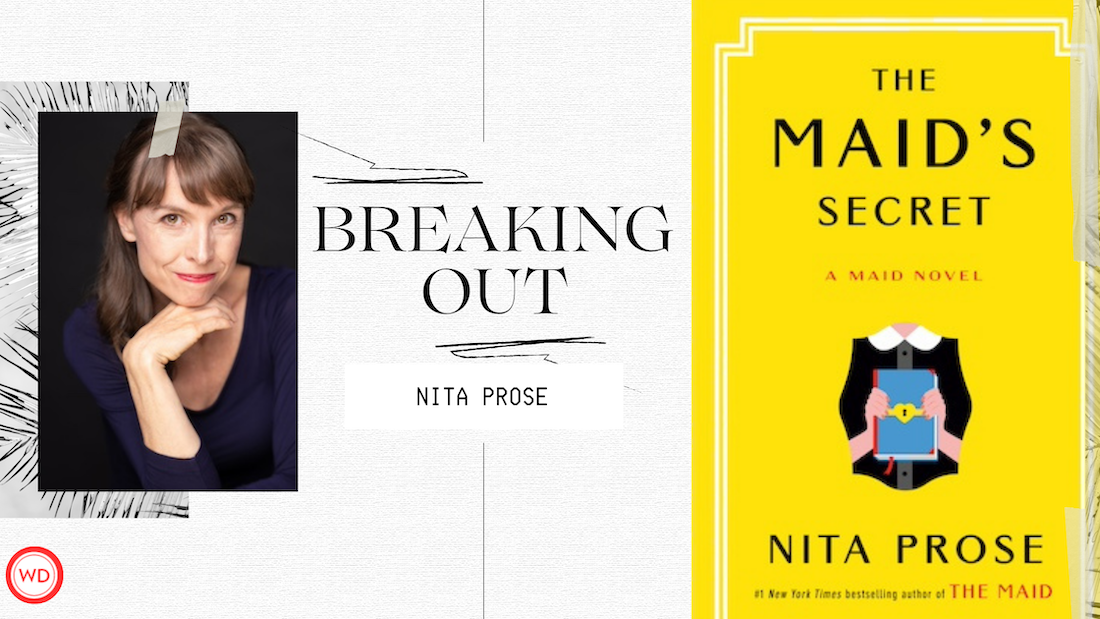10 Things a Publishing Copywriter Discovered About Book Blurbs
Book blurbs have the unique job of describing the book with enough detail to entice readers, but not enough to give away the story. Here, author and copywriter Louise Willder shares 10 things she’s discovered about book blurbs.
They say you shouldn’t judge a book by its cover, but for the last 25 years it’s been my job to persuade readers to do exactly that. As a copywriter in publishing, I spend my days trying to capture the essence of a book in a way that is instantly appealing—and, ideally, will have customers sprinting to the checkout, arm duly twisted.
In other words, I write the jacket copy (or, as we say in England, the blurb). I’ve written copy for about 5,000 books, and now I’ve written my own book about the art of wordy persuasion, Blurb Your Enthusiasm. Here are just a few of the things I’ve discovered.
1. A blurb is a synopsis (in the U.K., at least)
The word “blurb” was invented by an American, author Frank Gelett Burgess, in a print advert for his 1907 book Are You a Bromide?, which mocks the exaggerated language of literary hype. It features a photograph of “Miss Belinda Blurb in the act of blurbing,” who boasts that this book will make you “want to crawl through thirty miles of dense tropical jungle and bite somebody in the neck.” In the U.S., a “blurb” is generally a promotional quote provided for a book by another author. On my side of the Atlantic, it is a paragraph of descriptive copy. But the inference is the same: it’s publishing puffery—something not quite to be trusted.
2. It’s also much more than a synopsis
Iris Murdoch once said “blurb writing is a mini art form” and naturally I agree with her. A good blurb shouldn’t be a Wikipedia plot summary. If I literally just told people what happened, I could end up with something like this deliberately inappropriate TV listing for The Wizard of Oz: “Transported to a surreal landscape, a young girl kills the first person she meets and then teams up with three strangers to kill again.” Instead, a good blurb should tell a miniature story with maximum emotional impact. It needs a set-up, conflict, tension; a dance between divulging and withholding. And, to quote word guru Benjamin Dreyer, it shouldn’t sound “as if the author, or the author’s mother, wrote it.”
3. Some authors mistrust blurbs
Not all novelists were as complimentary about blurbing as Iris Murdoch. George Orwell vetoed his editor’s suggested blurb for the first edition of Nineteen Eighty-Four because it sold it as “a thriller mixed up with a love story.” The famously publicity-shy J. D. Salinger went as far to stipulate that no words should ever appear on his book jackets other than the title and his name. Definitely no blurb. Jeanette Winterson burned her own books in protest at the “cosy” blurbs on their new covers. T. S. Eliot, who wrote countless blurbs as publisher at Faber, found “this form of composition more arduous than any other.” His jacket copy for Louis MacNeice’s Poems (“intelligible but unpopular”) is even more of a downer than The Waste Land.
4. Others love them
Another poet, Cecil Day-Lewis, claimed that the sonnet, the detective story, and the blurb are all the most perfect crystallization of literary form. The Italian author Roberto Calasso memorably compared the blurb to “a letter to a stranger,” and produced a book of 100 blurbs he had written for his publishing company Adelphi. For Terry Pratchett, blurbs were even a part of the creative process: “If you think you have a book evolving now is the time to write the flap copy. Getting the heart and soul of a book into fewer than 100 words helps you focus.”
IndieBound | Bookshop | Amazon
[WD uses affiliate links.]
5. Writing short helps with writing long
As Terry Pratchett noted, crafting a small paragraph helps you see the bigger picture. When you only have a few words to play with, it helps if they’re good ones. Don’t phone in a description from central casting. In his memoir-cum-writers’ bible On Writing Stephen King says, “Write with the door closed, rewrite with the door open.” Any copywriter worth their salt writes with the door permanently open. We are on the reader’s side, thinking about what would appeal to them, and asking “Why should they care?”
6. There’s nothing new under the sun
Pretty much as long as there have been books, the people who produced them wanted to sell them. Writers from Thomas More to Walt Whitman sought words of praise from other writers—and used them. The oldest known printed advert in English is for a book, and the earliest known dust jacket, from 1830, features a promotional blurb. But even in the days before book covers, embryonic blurbs adorned the title pages of early publications, such as Robinson Crusoe, which tempts us inside with “PYRATES!” Who could resist?
7. But blurbs definitely date
When a friend of mine recently gave up work, his mother-in-law expressed concern that he would “go peculiar.” Blurbs from the past frequently go peculiar. They are eccentric, idiosyncratic, exclamatory. They are not, as we would say these days, “selling” or “accessible.” The original blurb on The Lord of the Rings informs us balefully that it is “not a book to be described in a few sentences.” One Penguin Classic features this doozy of a quote: “The Ambassadors seems to me not only not one of Henry James’s great books, but to be a bad one.” Pulp editions of classic novels are a goldmine of terrible blurbs that bear no resemblance to the book. “Heathcliff – man or devil?” shrieks Wuthering Heights. “She listened only to the demands of the flesh” screams Thérèse Raquin. Did she? Really?
8. Blurbs are science
I read a lot of psychology and neuroscience to research my book and concluded that these disciplines should be renamed “things writers have always known.” An emotional pull; a clear message; a minty fresh metaphor; a mystery to be solved: They not only get our neurons going, but feature (or should feature) in any good piece of persuasive writing. Above all, our brains love stories. Ask any reader what they hate, and it’s a list of review quotes in place of copy. We really want to know what’s going on—something bookstores guessed when, in the days of COVID-19 lockdown, they displayed books with their back covers facing outwards so germ-wary customers could read the blurb.
9. The greatest blurbs are on children’s books
Where else could you read words like “Dungle droppings,” “Fantastic-bubbly-crumbo,” or “Shabba me whiskers!” on a cover? Or a blurb in the shape of a party invitation, or being pulled by a mouse in a plane? Zany, madcap blurbs for younger readers make language dance and sing and are totally meta. Anyone seeking some literary delight in their life should visit the kids’ section of a bookshop right away.
10. Blurbs aren’t just a few words on books
Whether good, bad or mad, old or new, blurbs can spark joy. They are an indelible part of a book’s life, stamped into its physical history, just as much as the title, cover design or the words inside. They tell us about literary lore, the art of words and who we are as readers. Nora Ephron said that everything is copy. To which, I would add, copy is everything.
Louise Willder has been a copywriter since the last century. She writes blurbs for a major publishing company in order to pay her bills, and she hopes that now she has given away all her secrets in a book called Blurb Your Enthusiasm, she won’t be out of a job.



